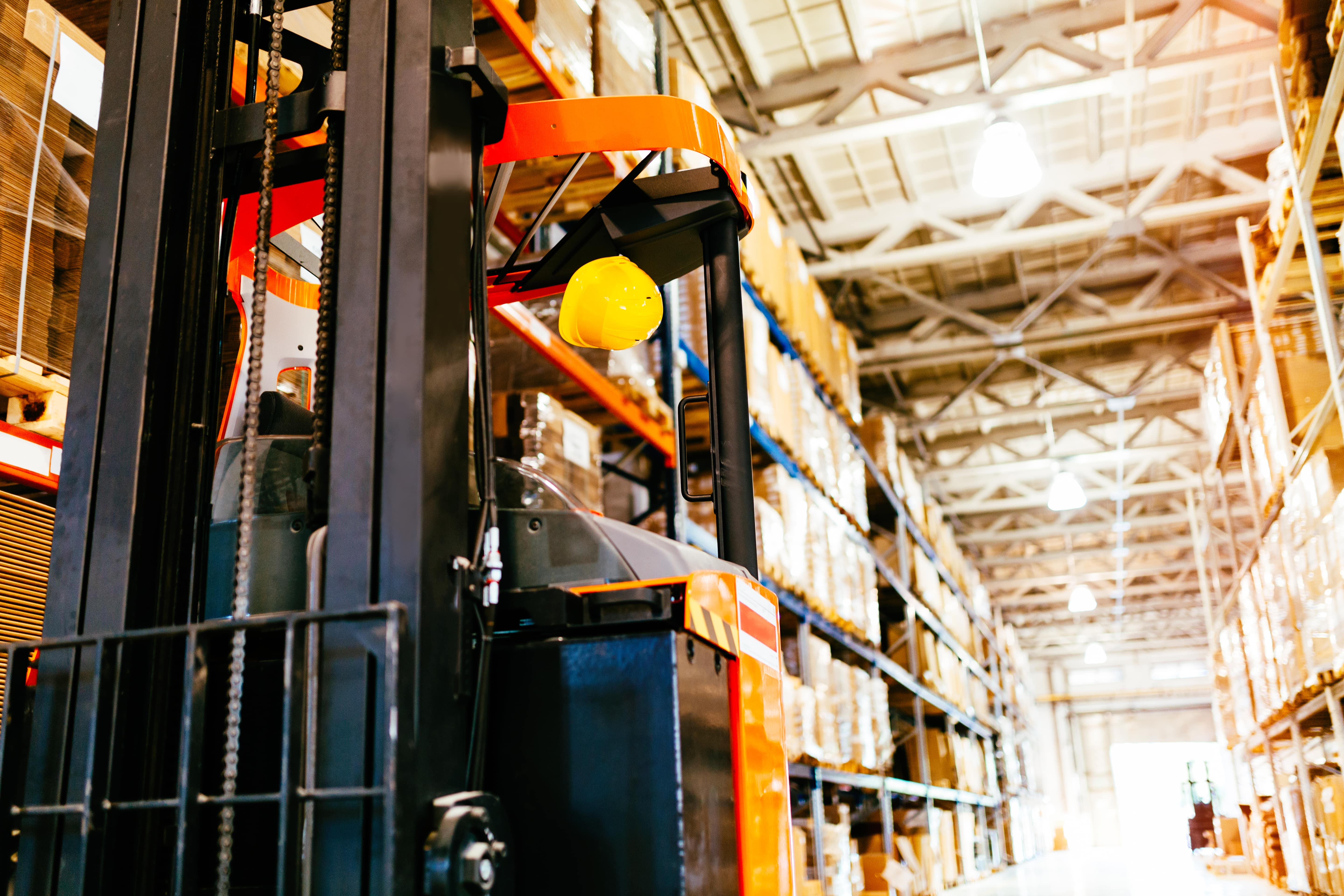As supply chains continue to become more complex, supply chain automation is now crucial...

By Steve Nixon, Charlie Beckwith, Jorge Ramirez, and Daisy Dai

Supply Chain Automation starts with digitizing the supply chain and then connecting all relevant data from different systems to automate day-to-day work for supply chain professionals using AI/machine learning, workflow and collaboration technologies. It involves creating a live digital environment that reflects the entire supply chain and supports profitable decision-making.
Companies can use supply chain automation to engage idle historical data archives to troubleshoot failures and implement permanent corrective actions.
A supply chain built on manual processes is slow, inefficient and unproductive. When no digital automation exists in a supply chain, decision makers spend most of their days in meetings and writing emails to communicate with their suppliers, operations and logistics. Instead of optimizing their supply chain, planners and managers spend their workday finding out where a part is in their value stream.
A value stream is comprised of your entire supply chain ecosystem including:
• Supplier
• Logistics
• Plant
• Warehouse
• Distribution
• Customer (in-transit and static location)
Because part data is spread across numerous disparate systems, miscommunication about where a part is in the value stream happens frequently. In turn, production gets delayed, and it becomes impossible to understand demand coverage by on-hand and in-transit inventory. To make matters worse, current data systems make it difficult for manufacturers to respond to demand changes due to supply shortages, transportation challenges, and unforeseen conditions such as COVID-19.
Addressing these concerns requires supply chain leaders to connect various data sources across their entire ecosystem, including tier-n suppliers and external partners. A few common data points include:
• Material Requirements Planning (MRP)
• Enterprise Resource Planning (ERP)
• CRM (customer relationship management)
• WMS (warehouse management system)
• TMS (transportation management system)
• Manual Spreadsheets
• Data Entry Forms
• Supplier Communications
Companies use supply chain automation to increase the likelihood procurement processes will flow as planned. This automation opens the potential of IT infrastructure and permits organizations to see their entire value stream, real-time and end-to-end, to confirm flows, address disconnects, and identify opportunities.
Tada’s Supply Chain Control Tower can provide a live global 360-degree view of material availability by supported plant, supplier, vendor and part number to all points of use in an organization from raw material extraction to customer finished goods receipts. This real-time data visibility for each section of the value stream can provide situational awareness, allowing all to save time and money. This visibility supports effective, proactive decision-making. The data available from this holistic view a system converts many daily decisions to conclusions based on material availability.

Tada provides several real-time KPIs that help power supply chain decision-making, including:
• Inventory Quantity
• Location
• Disposition Arrivals
• Schedule Attainment
• Operational Equipment Effectiveness (OEE)
• Inventory Turns
These KPIs significantly improve transaction accuracy, which virtually eliminates manual tracking and facilitates adjusting to customer requirements fluidly.
Supply Chain Automation provides data transparency for the entire supply chain operation, including:
• Inventory Control
• Procurement
• Scheduling
• Manufacturing
• Service
• Warehousing
• Distribution
• Customer Service

Tada’s Digital Duplicate® technology and Supply Chain Control Tower solution give an entire enterprise ecosystem the ability to see the same data in real-time. This visibility helps to smooth the flow of material in a value stream from beginning to end. Our platform identifies gaps in a supply chain that need immediate attention. It also gives supply chain planners, buyers, suppliers and executives the power to implement standardized corrective actions with alerts and notifications via email, text and app notifications. An indirect benefit of digital automation is its ability to accumulate performance data to fuel continuous improvement.
As supply chains continue to become more complex, supply chain automation is now crucial to finding the holes in a value stream and fixing them before they disrupt the production workflow.
Supply chain automation offers precise predictive and prescriptive business decision making that was unheard of a decade ago, and it is becoming more refined each day. Countless organizations have begun to use this technique to digitally transform their businesses.
Tada’s Digital Duplicate® technology and Supply Chain Control Tower solution give end-to-end, real-time visibility into supply chain operations.
With this 360-degree perspective, we have helped many manufacturing and automotive companies improve portions of their supply chain operation.
Test your own scenarios with TADA’s Clean TO! Build and see the impact in minutes.
Try TADA Clean TO! Build
Test your own scenarios with TADA’s RM Inventory Manager and see the impact in minutes.
Try RM Inventory Manager

Use TADA’s Tariff Manager to model costs, build agility, and protect margins.
Try the Tariff Manager
Test your own scenarios with TADA’s Tariff Manager and see the impact in minutes.
Try the Tariff Managerest your own scenarios with TADA’s RM Inventory! Manager and see the impact in minutes.
TRY RM Inventory! Manager